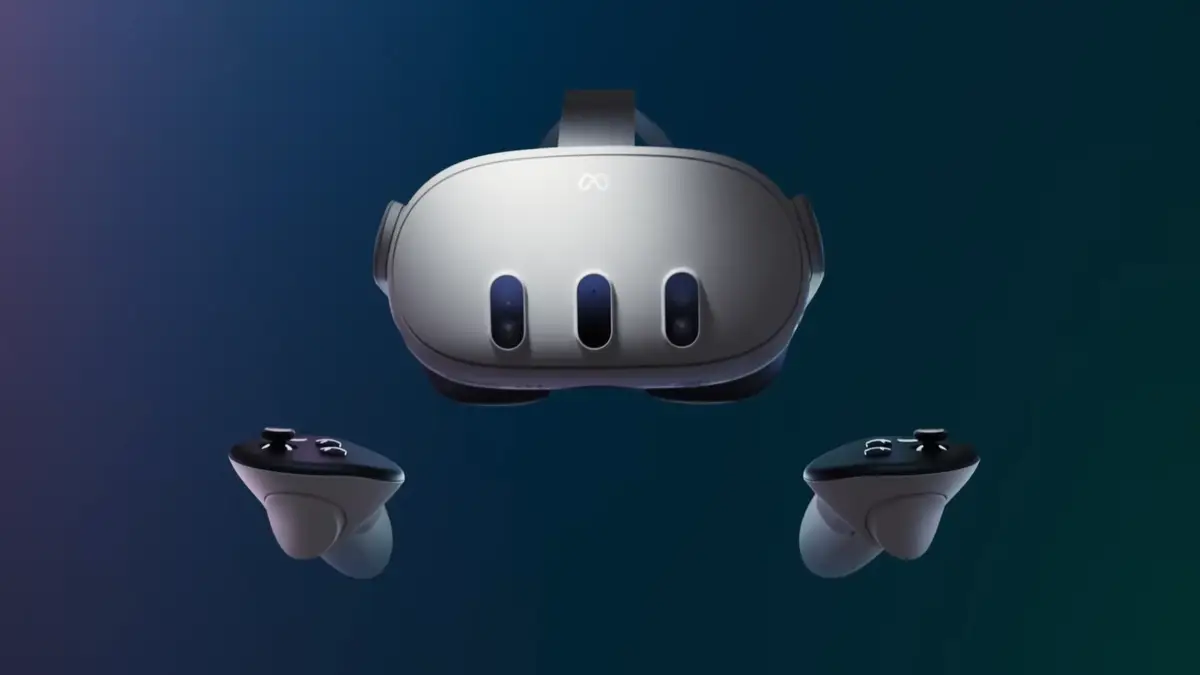Apple’s upcoming iPhone 16 Pro and iPhone 16 Pro Max are set to provide enhanced 5G capabilities, thanks to Qualcomm’s latest Snapdragon X75 modem, according to tech analyst Jeff Pu. This addition will enable faster and more energy-efficient 5G connectivity for these new iPhone models.

In a recent research note with investment firm Haitong International Securities, Pu disclosed that the iPhone 16 Pro and iPhone 16 Pro Max will come equipped with Qualcomm’s Snapdragon X75 modem. However, Pu anticipates that the standard iPhone 16 and iPhone 16 Plus will stick with the Snapdragon X70 modem, which was used for the entire iPhone 15 lineup. This represents a shift in Apple’s typical strategy, as they have historically used the same Qualcomm modem across all models in each iPhone generation. This exclusion of the standard iPhone 16 models from the upgrade would be a change in approach for the company.
The Snapdragon X75, introduced in February 2023, brings several improvements, including advanced carrier aggregation and other technology enhancements that contribute to faster 5G download and upload speeds compared to the previous X70 model. The modem’s combined mmWave and sub-6GHz 5G transceiver is more space-efficient, taking up 25% less circuit board space, and it is also more power-efficient, using up to 20% less power, according to reports.
An important feature of the Snapdragon X75 is its support for the latest “5G Advanced” standard, which signifies a significant step forward in the realm of 5G technology, often described as the precursor to 6G. 5G Advanced is expected to introduce artificial intelligence and machine learning enhancements that will result in improved 5G performance. Moreover, it will expand the reach of 5G technology to a wider range of devices and applications.
In the marketing sphere, it is anticipated that Apple will emphasize the “5G Advanced” capabilities of the iPhone 16 Pro models, similar to how the iPhone 6s was marketed with “LTE Advanced” support in 2015.
While Apple has reportedly been developing its own 5G modem for iPhones since 2018, the project has encountered several development challenges. The launch of such a modem, if it ever comes to fruition, is not expected before 2025 or later. In the meantime, Apple has extended its 5G modem agreement with Qualcomm through 2026. Apple is projected to unveil the iPhone 16 lineup in September 2024, so there is still ample time before these devices become available to the public.









